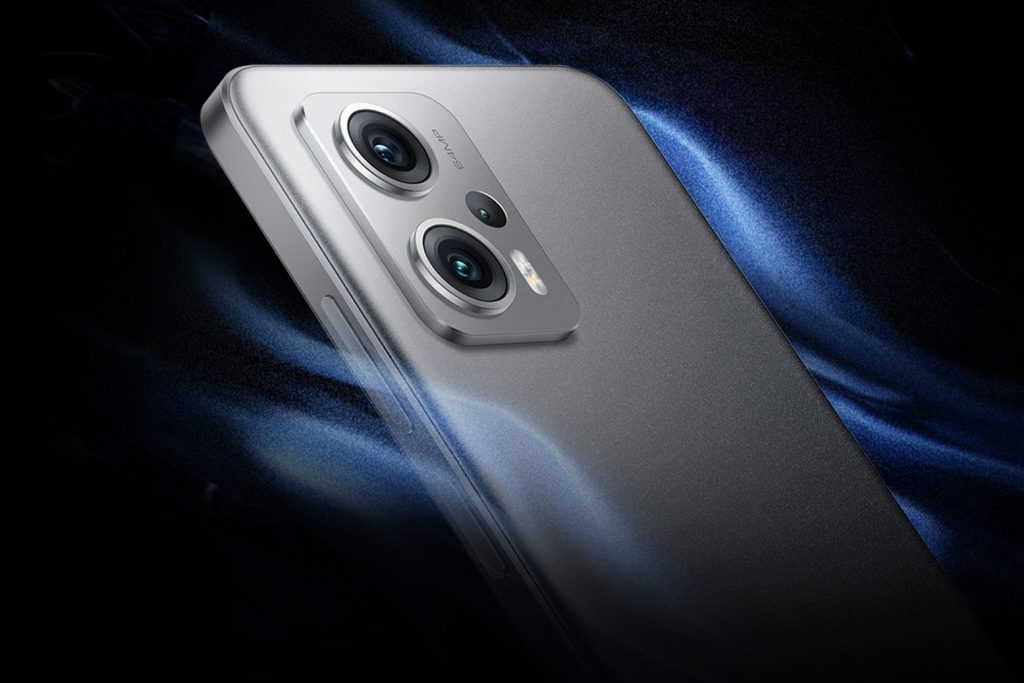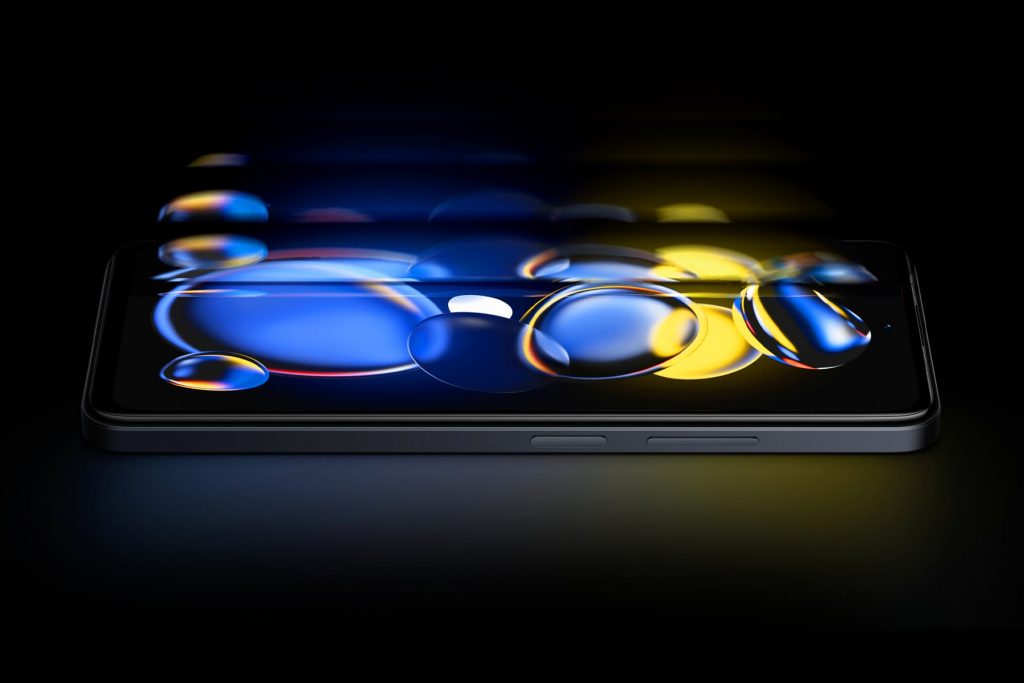Recently, Redmi launched the Redmi Note 11T Pro series in China. The lineup consists of two models — Redmi Note 11T Pro and Redmi Note 11T Pro Plus.
Both the phones are almost identical. They only differ in terms of battery capacity, charging speed, and memory configurations.
However, today, we are not here to talk about their dissimilarities. Instead, we want to focus on their displays.

Why the Redmi Note 11T Pro series features an LCD panel?
The Redmi Note 11T Pro series sports an LCD screen. The handsets sacrifice an OLED display for a better processor – the Mediatek Dimensity 8100 SoC, which is found in phones more expensive than its price segment.
This is not the first time Redmi has used a similar strategy. The Redmi Note 10 Pro 5G (China) also lacked an OLED panel for the sake of a Mediatek Dimensity 1300 SoC.
Whereas, the Redmi Note 11 Pro 5G series (China) flaunts an OLED display. However, they are powered by a less powerful, mid-range Mediatek Dimensity 920 chip.

This is part of the new strategy laid out by Redmi last year, which involves releasing two Redmi Note lineups each year. One of them focuses on experience and the other on performance.
Going by the specs, one can clearly see that the Redmi Note 11T Pro series is all about performance. But there’s more to this phone than sheer performance. It also comes with one of the best LCD panels on a smartphone, at least on paper.
Redmi Note 11T Pro Series Display Specifications
The Redmi Note 11T Pro and the Redmi Note 11T Pro Plus arrive with a 6.6-inch LCD panel. The screen has a centered punch hole and a 20:5:9 aspect ratio with a resolution of 2460 x 1080 pixels (FHD+) and up to a 144Hz refresh rate.
The display’s refresh rate automatically switches between 30Hz, 48Hz, 50Hz, and 60Hz during video playback. While gaming, it switches between 60Hz, 90Hz, 120Hz, and 144Hz.

Further, the panel features 2047 dimming levels and supports DC dimming as well as the DCI-P3 color gamut. Redmi even claims a color accuracy of ΔE≈0.44 in professional mode and JNCD≈0.36 in standard mode. For the unaware, even the 2K OLED display on the Redmi K50 series has the same color accuracy.
If that’s not enough, this smartphone display is one of the few to have support for Dolby Vision (in addition to HDR10) and hardware level low blue light mode, as well as auto color temperature mode. Most importantly, it is the only LCD panel to get an A+ rating from DisplayMate.

Going by the on-paper specs, we could only find three drawbacks of this screen. The screen only supports up to a 270Hz touch sampling rate and being an LCD panel, its contrast ratio and peak brightness are low at 1400:1 and 650 nits respectively.
Is the Redmi Note 11T Pro series’ display as good as the brand claims?
Unfortunately, we don’t have the answer for it right now. But you can expect our opinion once our review goes live in the coming days.
But for now, we can say that LCD panels on smartphones are not bad as most people would like you to believe. Recently, we reviewed the Oneplus Nord CE 2 Lite 5G, whose LCD screen turned out to be much better than we had anticipated.
Similarly, we did not have any issue with the LCD screen on the Redmi Note 10 Pro 5G. You won’t get deep blacks and more brightness in HDR videos. But that’s about it when it comes to the drawbacks, as other parameters are mostly comparable with an OLED display.
RELATED:
- Redmi Note 11T Pro & Note 11T Pro+ rumored to launch as Redmi K50i & K50i Pro in India
- Redmi Note 11T Pro & 11T Pro Plus may be rebranded as POCO X4 GT & X4 GT Pro
- Redmi Note 11T Pro first sale: 270,000 units sold in one hour
- Redmi K50 Ultra display & camera specs tipped







